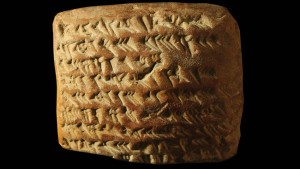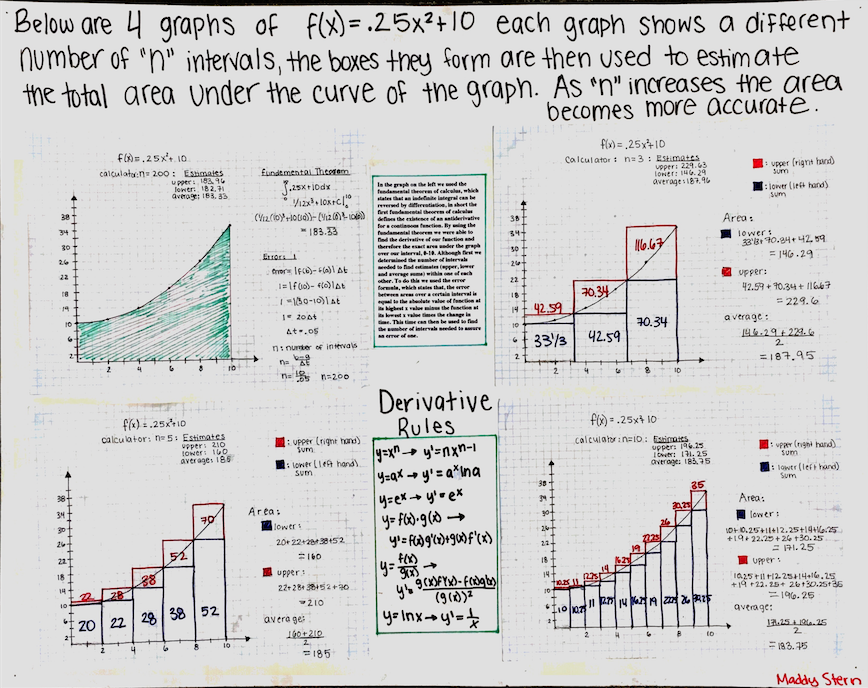
It has long been a subject of debate among mathematics historians whether Isaac Newton or Gottfried Leibniz first invented calculus. It turns out that they both may have been beaten to the idea by the ancient Babylonians as far back as 350 BCE. In a recent Science article published on January 28th, we learn that new evidence suggests that the Babylonians came up with techniques for measuring the paths of planets, the sun, and the moon across the night sky that involved the fundamental calculus idea of Riemann sums.
Between 2002 and 2008 astroarcheologist Matthieu Ossendrijver of Humboldt University in Germany noticed drawings of trapezoids in various tablets held by the British Museum. Then in 2014, Assyriologist Hermann Hunger of the University of Vienna visited Ossendrijver, bringing pictures of another Babylonian tablet with computations identical to those from the British Museum tablets. Ossendrijver realized that the Babylonians were using trapezoids to approximate the distance traveled by Jupiter across the sky from their velocity curves. This is a discovery central to the idea of integral calculus.
At Williston Northampton School, our calculus students still use similar techniques to develop the concept of the integral. The photo below shows a poster created last year by Maddy Stern ’15 in Martha McCullagh’s calculus class that highlights this same idea. Little did she know that the Babylonians had been doing the same thing over two-thousand years ago!


